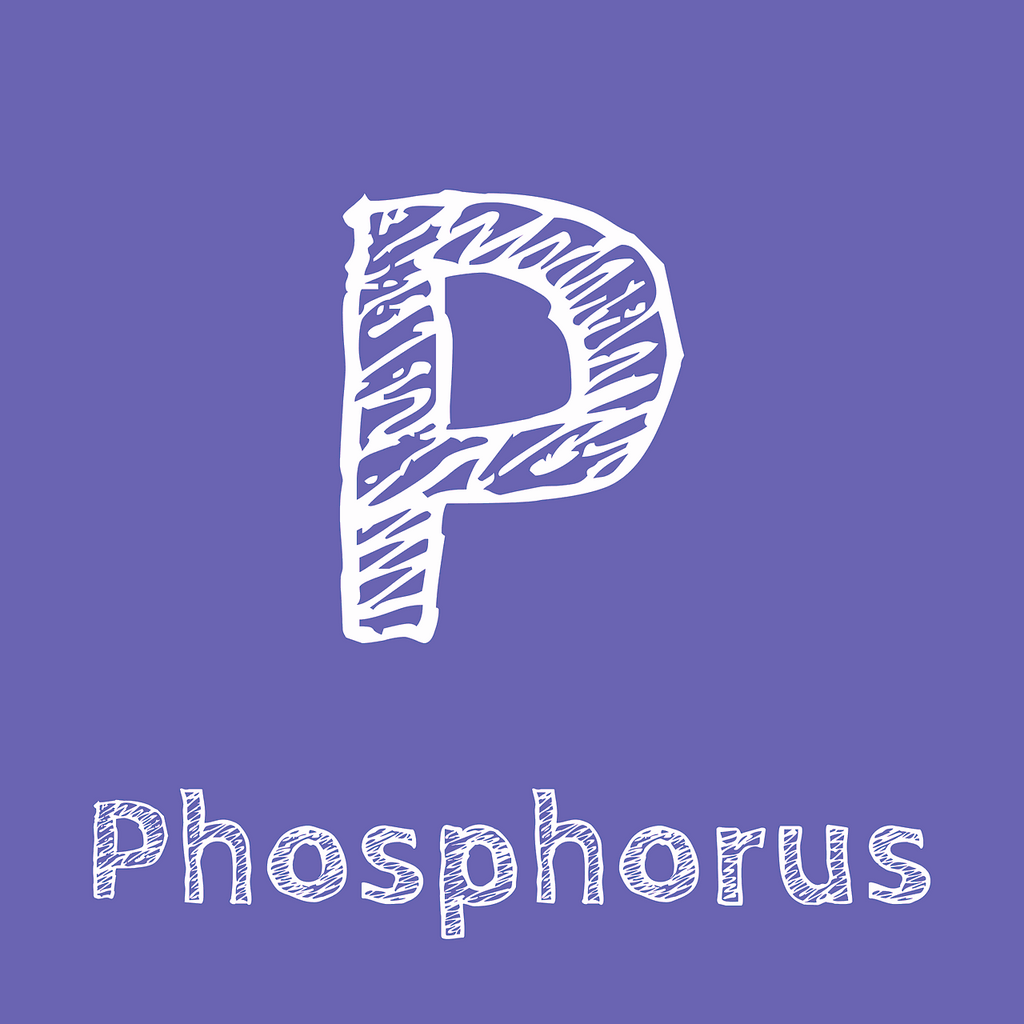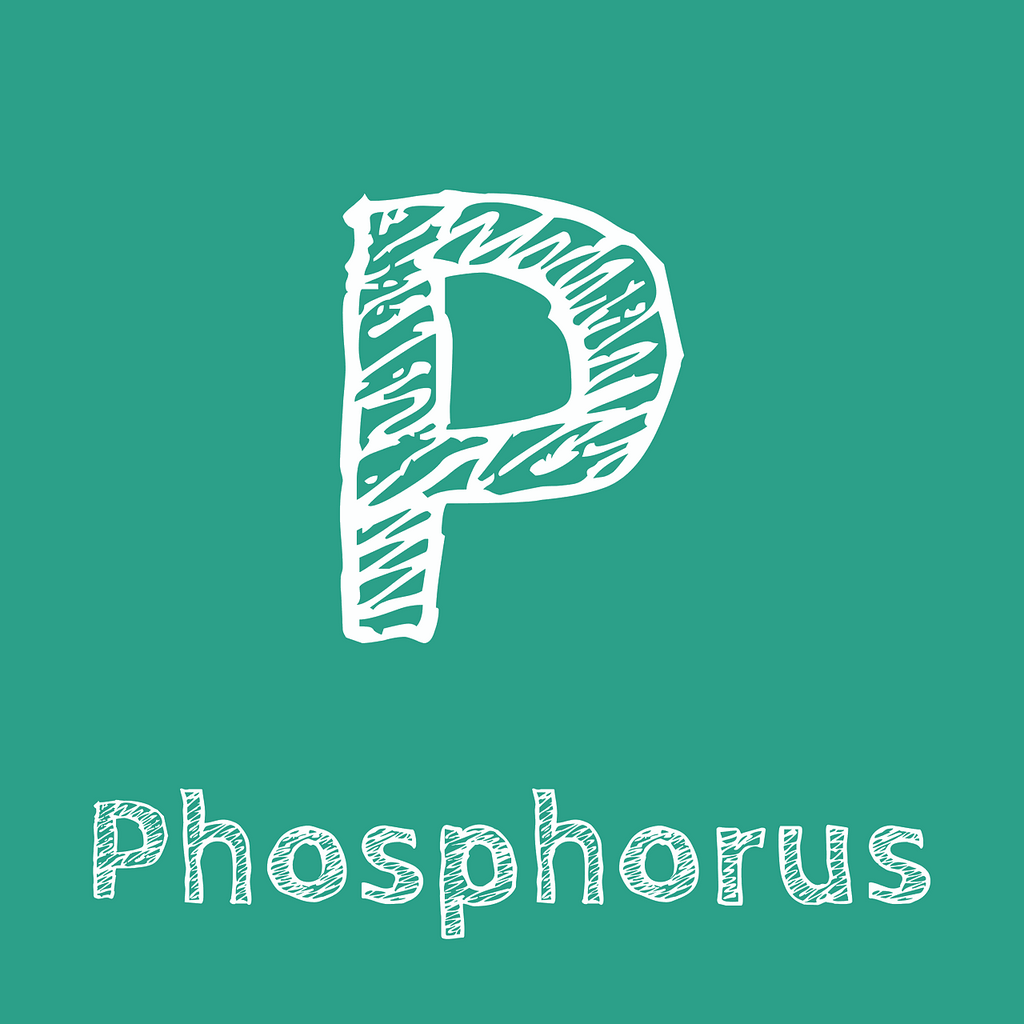Dealing with Phosphorus “Lockout” in Coco Coir - Part 1
As an essential nutrient vital for plant growth and development, phosphorus plays a pivotal role in numerous physiological processes, ranging from energy transfer to DNA synthesis. Growing hydroponically with soluble nutrients, coco coir is a versatile and efficient substrate, offering an ideal environment for nutrient uptake and utilization. However, coco, much like other hydroponic substrates, has the potential to store too much phosphorus, and when paired with excessive dry downs, can cause a condition of mineral precipitation in the root zone, referred to as “lock out”.

What is Phosphorus?
Phosphorus is the 12th most abundant element on the Earth’s crust. Phosphorus is taken up by plants as free phosphate, but is rarely found in nature in this soluble ionic form. Often referred to as the "energy currency" of plants, phosphorus plays a central role in adenosine triphosphate (ATP) synthesis, the primary energy carrier in living organisms. This energy is indispensable for cellular processes such as photosynthesis, respiration, gluconeogenesis, and nutrient uptake. All life on earth as we know it would not be possible without phosphorus.
In addition to its role in energy metabolism, phosphorus is integral to the formation of nucleic acids, proteins, and enzymes essential for plant growth and development. Adequate phosphorus supply promotes robust root development, enhances flowering and fruiting, and improves overall plant resilience to environmental stressors. In hydroponic systems, where plants rely solely on nutrient solutions for their growth requirements, ensuring adequate phosphorus availability is paramount for achieving optimal yields and quality.
What is Phosphorus “Lockout”?

As previously mentioned, phosphorus is a highly reactive element. Soils and horticultural substrates have the ability to electrostatically hold negatively charged ions like nitrates, sulfates, and phosphates, but these are loose chemical bonds that can still contain unbalanced charges. Phosphorus differs from other elements in that it can form long chains, such as orthophosphates, when allowed to build up. These orthophosphate compounds are insoluble and mostly unavailable to plants for uptake. These chains can then get longer with excess free phosphate and additionally bind up free calcium and iron, as well as causing pH issues in the root zone.
Growers may experience various symptoms, including reduced nutrient and water uptake, reduced resistance to pests and disease, visible precipitation of salts on their growing media or drip emitters, browning and necrosis of leaves lower leaves, necrotic spots or leaf tips on new growth, yellow discoloration in the new growth, dark red or purple stems and branches, or stunted slow growth rates. Sometimes the effects are barely noticeable, but overall negative impacts to plant vigor, quality, and yield may still occur.



